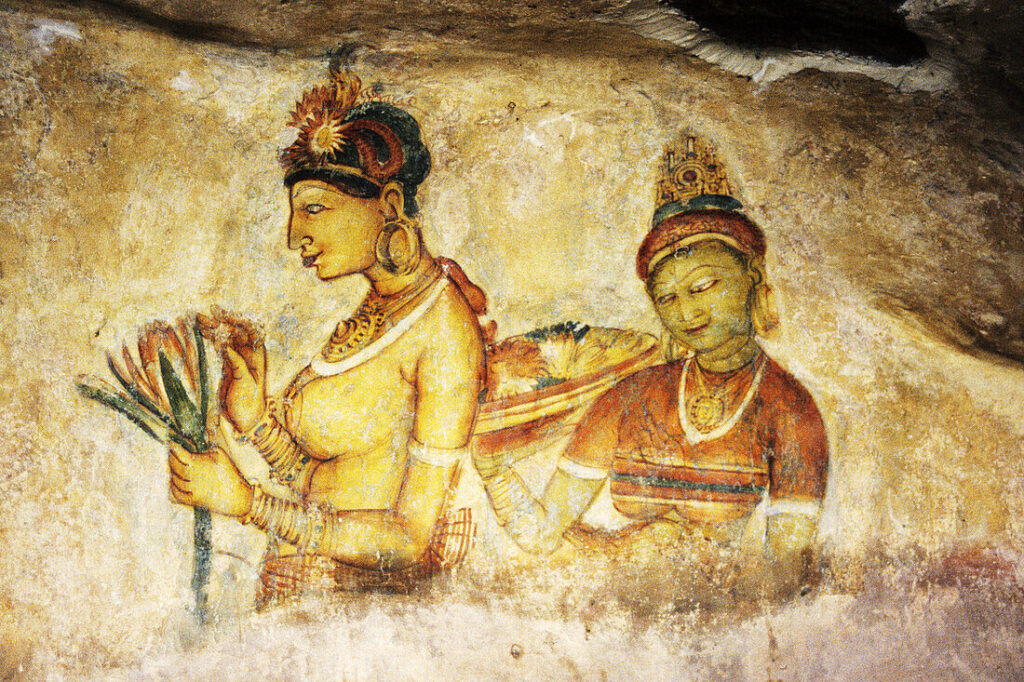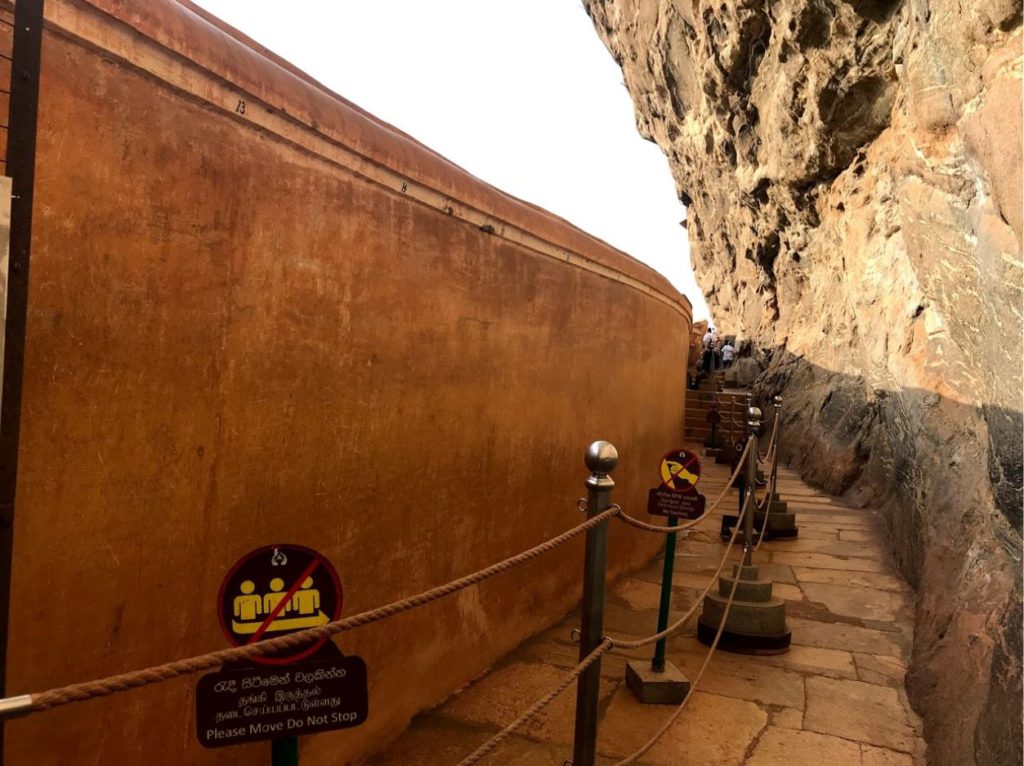- +94 77 670 7002
- info@hekentravelscape.com
- Aluthgama, Sri Lanka
Archives
Sigiriya: The Majestic Rock Fortress
Sigiriya, also known as Lion Rock, is located in the central Matale District of Sri Lanka, approximately 169 kilometers northeast of Colombo. Rising dramatically from the surrounding plains, Sigiriya is one of Sri Lanka’s most iconic and visually striking landmarks.

Exploring

History

Trekking
History
Sigiriya holds a storied history that dates back over 1,500 years. In the 5th century AD, King Kashyapa chose this imposing rock formation as the site for his capital and palace complex. He constructed a magnificent palace atop the rock, surrounded by elaborate gardens, ponds, and frescoes. However, following the king’s demise, Sigiriya was abandoned and later served as a Buddhist monastery until the 14th century.
The Ancient Rock Fortress
The crowning jewel of Sigiriya is its ancient rock fortress, which stands as a testament to the ingenuity and architectural prowess of its builders. Visitors can embark on a thrilling ascent to the summit, navigating through intricately designed pathways, staircases, and terraces adorned with exquisite sculptures and artwork.

Frescoes of Sigiriya Damsels
One of the most captivating features of Sigiriya is the series of frescoes adorning the rock walls, known as the Sigiriya Damsels or Sigiriya Maidens. These vibrant paintings depict celestial nymphs and courtly figures, providing a glimpse into the artistic and cultural heritage of ancient Sri Lanka.

The Mirror Wall
As visitors ascend the rock fortress, they encounter the Mirror Wall, a polished surface that was once adorned with inscriptions and graffiti dating back to the 7th century. Despite centuries of exposure to the elements, many of these ancient writings remain remarkably well-preserved, offering insights into the thoughts and experiences of past visitors.

